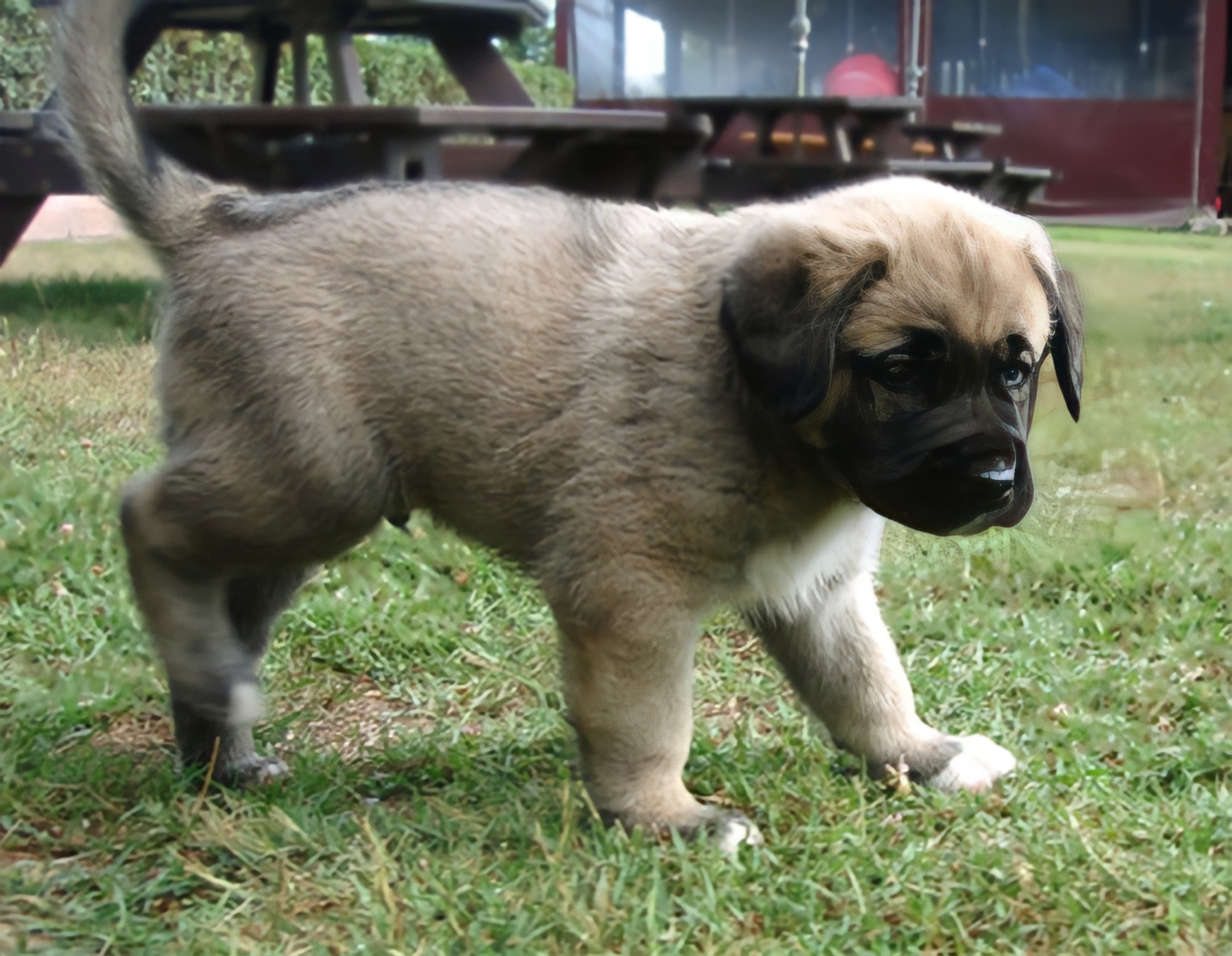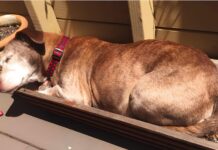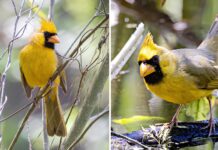In the rugged terrains of the Caucasus Mountains, a heartwarming scene unfolded that captured the hearts of many on social media. A Kangal, a shepherd dog breed, had just saved an entire flock from a wolf attack. The image that went viral shows a sheep comforting the Kangal, a testament to the bond formed between the protector and the protected. But what makes the Kangal such a formidable guardian?
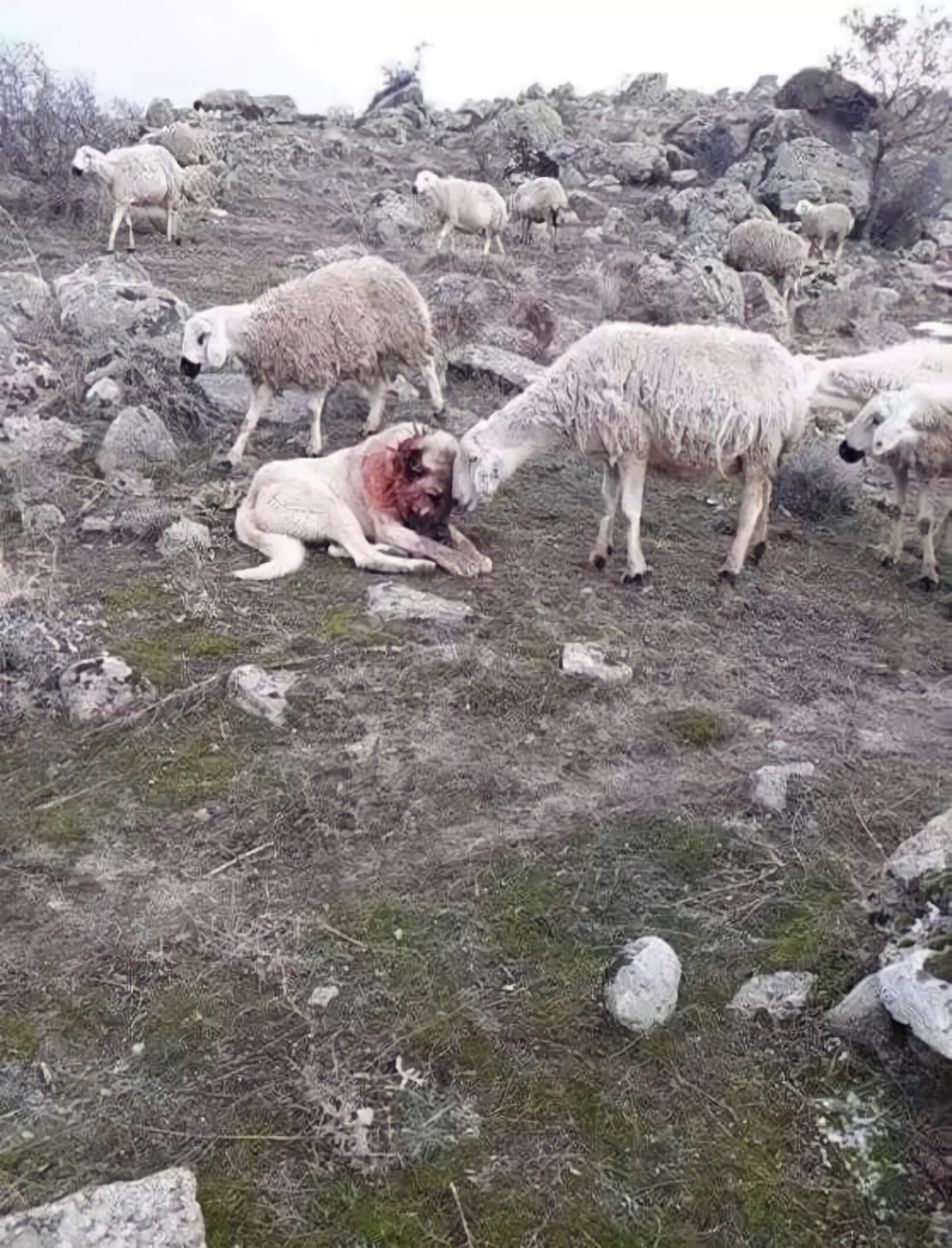
Originating from Turkey, the Kangal is a breed not widely known outside Central Asia. Turkey, keen on preserving the breed’s pedigree, has restricted its export, making Kangals a rare sight in the United States. These dogs are the epitome of guardians, often found herding and living among the flocks in mountainous areas where predators like wolves are common. This close association fosters a deep bond between the Kangal and its flock, evident in the viral image.
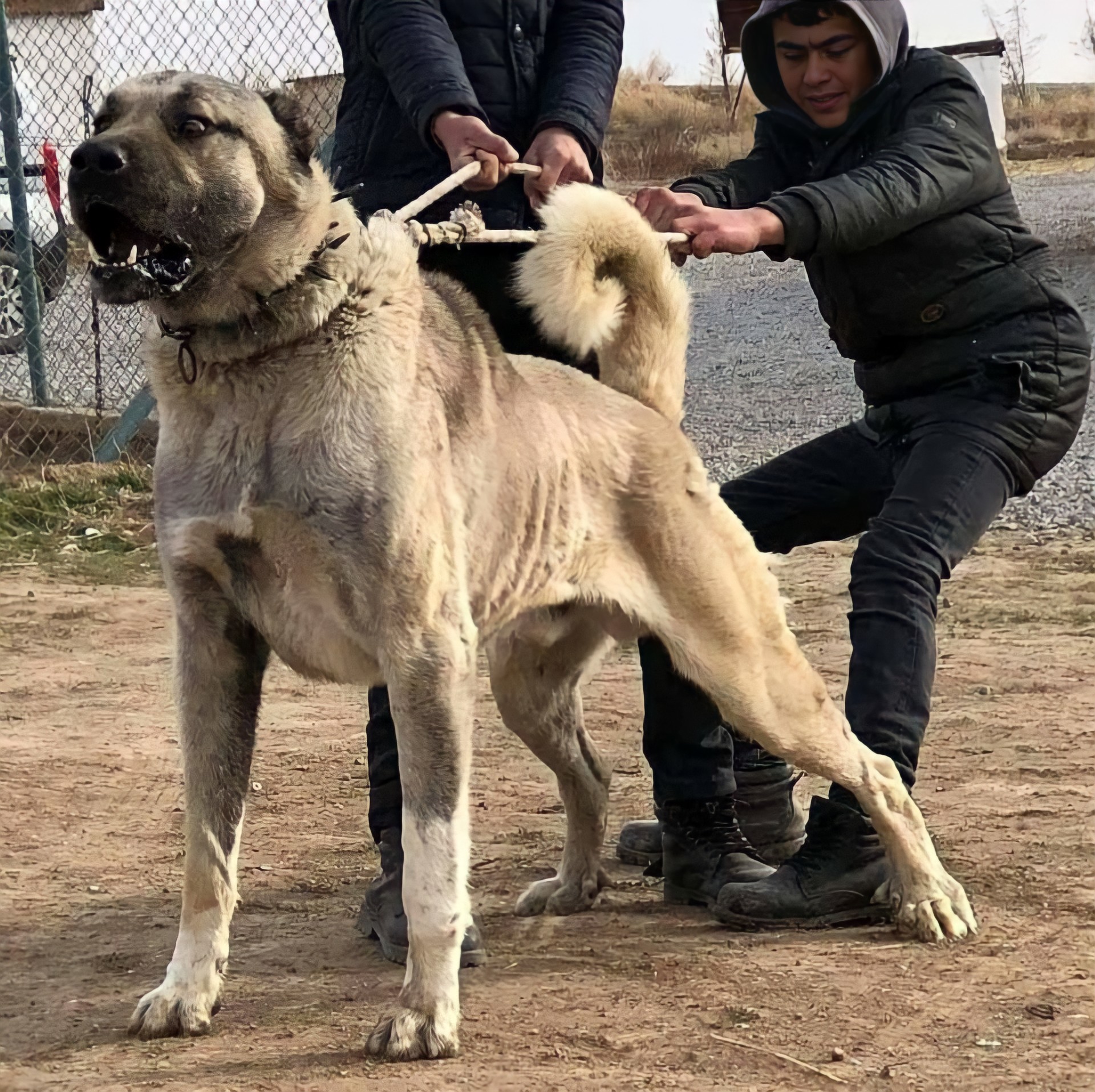
Kangals are impressive in stature, standing up to 85 centimeters (33 inches) tall and weighing around 65 kilograms (143 pounds). Their muscular build, combined with agility and speed, makes them effective against predators. Remarkably, they possess the strongest bite force among dogs, averaging 743 PSI (pounds per square inch), significantly more than that of a pit bull.

These dogs have evolved to thrive in hostile environments. They are brave, strong-willed, and possess a fighting spirit, often defending their flocks at the cost of their own lives. Their skin has evolved to be elastic in certain areas, helping absorb the impact of bites. The spiked collars often seen on Kangals are not just for show; they protect the dogs’ necks during fights with predators.
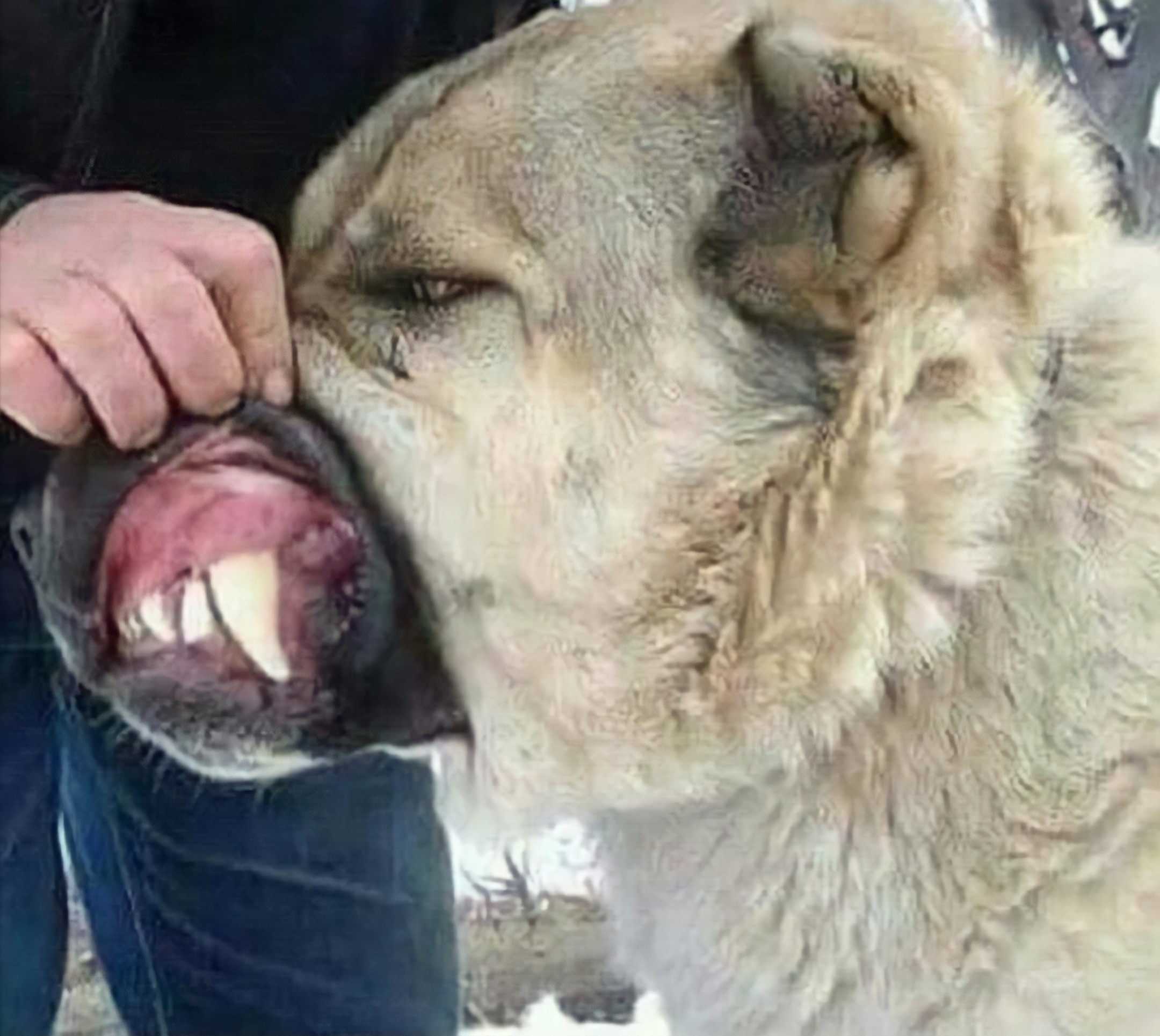
Despite their fierce nature while on duty, Kangals are calm and predictable when off-duty. They are affectionate and gentle, especially with children, considering their human companions as part of their pack. However, owning a Kangal is not for everyone. They require an environment where their skills are utilized, and without proper exercise and purpose, they can become anxious and develop destructive behaviors.
